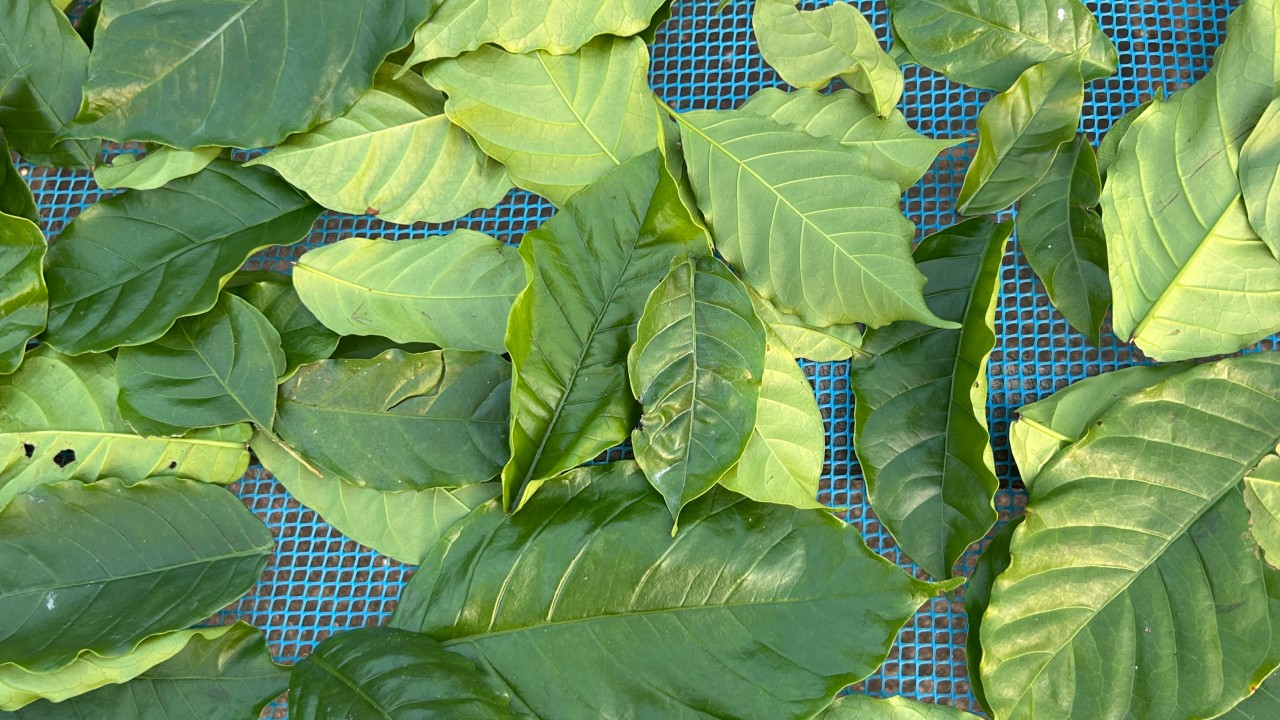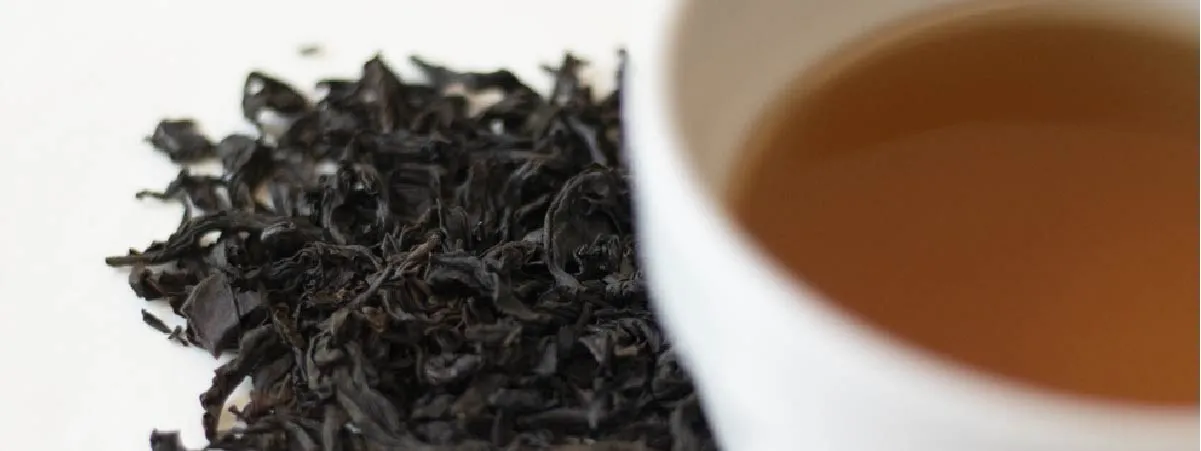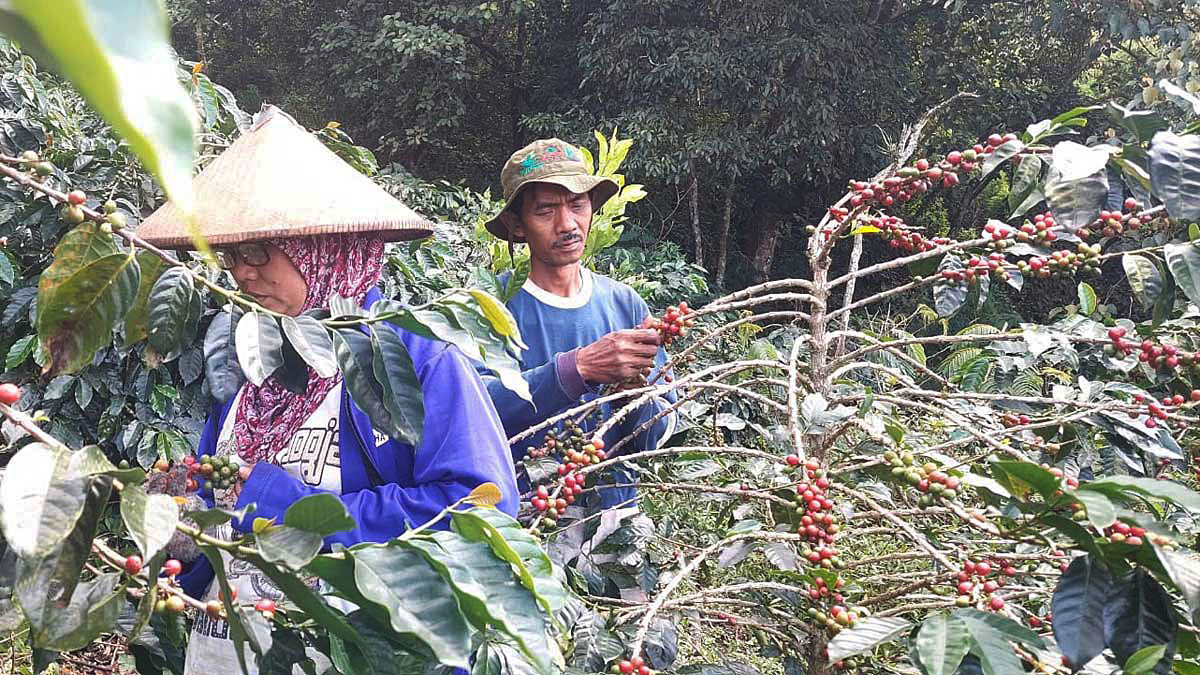“The Untapped Potential of Coffee Leaves: A Sustainable Alternative in the Beverage Industry
When most people think about coffee, they immediately picture the roasted beans that produce the world’s favorite caffeinated beverage. Yet, the coffee plant has more to offer than just its beans. Coffee leaves, often overlooked and discarded during the harvesting process, have a long history of use in traditional medicine and beverages in certain cultures. Recently, they have garnered interest in the modern health and wellness industry for their unique properties, sustainability, and potential economic impact.
In this article, we will explore the multifaceted potential of coffee leaves. We’ll delve into their history, nutritional benefits, preparation methods, ecological impact, and their emerging place in the global beverage market. As sustainability becomes a focal point in agriculture and consumer choice, coffee leaves may hold the key to a more balanced and environmentally friendly coffee industry.
A Historical Overview

The use of coffee leaves as a beverage predates the widespread popularity of roasted coffee beans. In parts of Ethiopia, Sudan, and Southeast Asia, indigenous people have brewed infusions from coffee leaves for centuries. In Ethiopia, the birthplace of coffee, villagers traditionally prepared a tea-like drink by boiling coffee leaves with salt or spices. Similarly, in countries like Indonesia and Laos, coffee leaf tea has been a staple in local diets.
Unlike coffee beans, which require extensive processing and roasting, coffee leaves can be harvested multiple times a year and require minimal processing. Their use, however, was largely eclipsed by the global rise of roasted coffee, and coffee leaves faded into obscurity outside of their native regions—until now.
Nutritional and Health Benefits
One of the driving factors behind the resurgence of interest in coffee leaves is their nutritional profile. Studies have shown that coffee leaves are rich in antioxidants, polyphenols, and other beneficial compounds.
Key Nutrients Found in Coffee Leaves:
-
Mangiferin – A powerful antioxidant also found in mangoes, known for its anti-inflammatory and anti-diabetic properties.
-
Caffeine – Coffee leaves contain a lower caffeine content than beans, making them ideal for those looking to reduce caffeine intake without eliminating it.
-
Chlorogenic Acids – These compounds have been linked to improved cardiovascular health and weight loss.
-
L-Theanine – Although more abundant in tea, some coffee leaves also contain this compound that promotes relaxation without drowsiness.
The combination of these compounds provides a gentle energy boost, enhanced focus, and potential metabolic benefits, without the jitteriness or crash often associated with coffee consumption.
Health Benefits at a Glance:
-
Improves circulation and heart health
-
Reduces inflammation
-
Supports metabolism and fat burning
-
Enhances mental clarity and calmness
-
It may help in managing blood sugar levels
How Coffee Leaf Tea is Made

Making tea from coffee leaves is relatively straightforward. Once harvested, the leaves are either sun-dried or lightly fermented before being brewed in a manner similar to traditional tea. The resulting beverage has a mild, earthy flavor with subtle notes of green tea and a hint of sweetness.
There are several preparation techniques, depending on regional preferences:
-
Fresh Brewing: Young leaves are picked and brewed fresh. This method is common in Ethiopia and produces a light and fresh flavor.
-
Dry Leaf Brewing: Leaves are dried under the sun and stored for later use. This method intensifies the flavors and improves shelf life.
-
Fermentation: Similar to oolong or black tea, some producers ferment the leaves for a richer and more complex taste.
The versatility of coffee leaves also allows for blending with herbs, spices, or fruit infusions, creating a wide array of flavor profiles.
Sustainability and Environmental Impact
The coffee industry is currently grappling with several sustainability issues, including climate change, deforestation, and fluctuating market prices that harm smallholder farmers. Coffee leaves present a solution that addresses multiple sustainability concerns.
1. Reduced Waste
Traditionally, coffee farmers discard the leaves during the pruning process. By turning these leaves into a marketable product, farmers can utilize more of the plant and reduce agricultural waste.
2. Year-Round Harvesting
Coffee beans are harvested once or twice per year, depending on the region. In contrast, leaves can be harvested throughout the year, offering a continuous income stream and reducing seasonal dependency.
3. Resilience Against Climate Change
Coffee leaf production is less sensitive to slight climate variations than bean production. This resilience could provide farmers with a stable income, even in years when bean yields decline due to adverse weather.
4. Lower Carbon Footprint
Producing coffee leaf tea requires less energy and water than roasting coffee beans. It also avoids the methane emissions associated with organic waste from discarded coffee plant materials.
Economic Opportunities for Farmers

For many small-scale farmers, especially in coffee-dependent regions, economic stability is precarious. The introduction of coffee leaf tea as a viable product offers multiple avenues for financial resilience.
-
Diversified Income: By selling both beans and leaves, farmers can diversify their income and hedge against market price fluctuations.
-
Value-Added Products: Instead of selling raw leaves, farmers or cooperatives can produce packaged tea blends, gaining higher profit margins.
-
Access to New Markets: Coffee leaf tea can be marketed in the wellness, organic, and specialty tea sectors, appealing to health-conscious and eco-conscious consumers worldwide.
Several companies and NGOs have begun supporting initiatives that help farmers commercialize coffee leaf tea, especially in regions like East Africa and Southeast Asia.
Legal and Regulatory Landscape
Until recently, one of the main barriers to the global commercialization of coffee leaf tea was regulatory. In the European Union and North America, food and beverage products must pass strict safety assessments before reaching store shelves.
In 2015, the European Food Safety Authority (EFSA) approved the use of coffee leaves for tea, recognizing them as safe for consumption. Similar approvals have followed in other jurisdictions, opening the door for international trade and innovation.
However, standardization and quality control remain essential to ensure product safety, consistency, and consumer trust.
Taste Profile and Consumer Appeal

Coffee leaf tea offers a unique taste that sets it apart from both traditional tea and coffee. Most descriptions of its flavor include terms like “smooth,” “earthy,” “mildly sweet,” and “herbaceous.” Unlike coffee, it lacks the bitterness associated with over-roasted beans and the sharp astringency found in some teas.
This mild and approachable flavor makes it an ideal base for flavored blends. Some trending combinations include:
-
Coffee leaf with lemongrass and ginger
-
Coffee leaf with hibiscus and cinnamon
-
Coffee leaf with mint and green tea
For consumers who enjoy the ritual of tea drinking but seek lower caffeine or a new experience, coffee leaf tea is a compelling option.
Market Trends and Future Outlook
The global beverage market is constantly evolving, with consumers demanding healthier, more sustainable, and ethically produced options. Coffee leaf tea fits well within these trends:
-
Health and Wellness Boom – As consumers move away from sugary sodas and energy drinks, functional beverages with natural benefits are on the rise.
-
Sustainability Focus – Coffee leaf tea’s environmental and social impact resonates with eco-conscious buyers.
-
Herbal Tea Growth – The herbal tea market is expected to grow at a CAGR of 7.1% from 2022 to 2029. Coffee leaf tea has the potential to capture a share of this market.
-
Innovation in Beverages – From kombucha to adaptogenic drinks, consumers crave innovation. Coffee leaf tea can be marketed as a novel, exotic, and beneficial drink.
Major beverage companies are beginning to take notice, with some already investing in pilot projects and partnerships with farming cooperatives.
Challenges and Considerations
Despite its potential, the coffee leaf industry faces challenges:
-
Lack of Awareness – Many consumers are unfamiliar with coffee leaf tea. Education and sampling will be key to market penetration.
-
Supply Chain Development – Infrastructure for processing, packaging, and exporting is still underdeveloped in many producing regions.
-
Regulatory Barriers – Though progress has been made, full approval in all major markets will take time and resources.
Continued investment, research, and collaboration between stakeholders, farmers, NGOs, entrepreneurs, and scientists will be essential to overcoming these hurdles.
Conclusion
Coffee leaves represent an exciting opportunity at the intersection of tradition, sustainability, and innovation. By embracing this underutilized part of the coffee plant, we can offer consumers a healthier beverage, empower farmers, and take a step toward a more sustainable agricultural future.
As the world begins to see coffee leaves not as waste, but as a valuable resource, the coffee industry may undergo a quiet but meaningful transformation, one leaf at a time.






